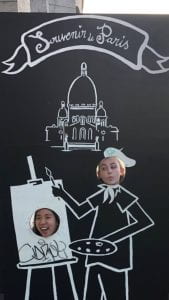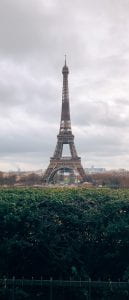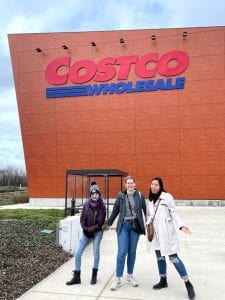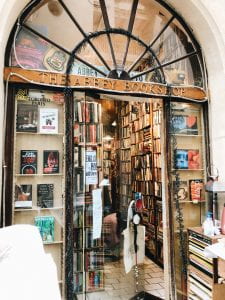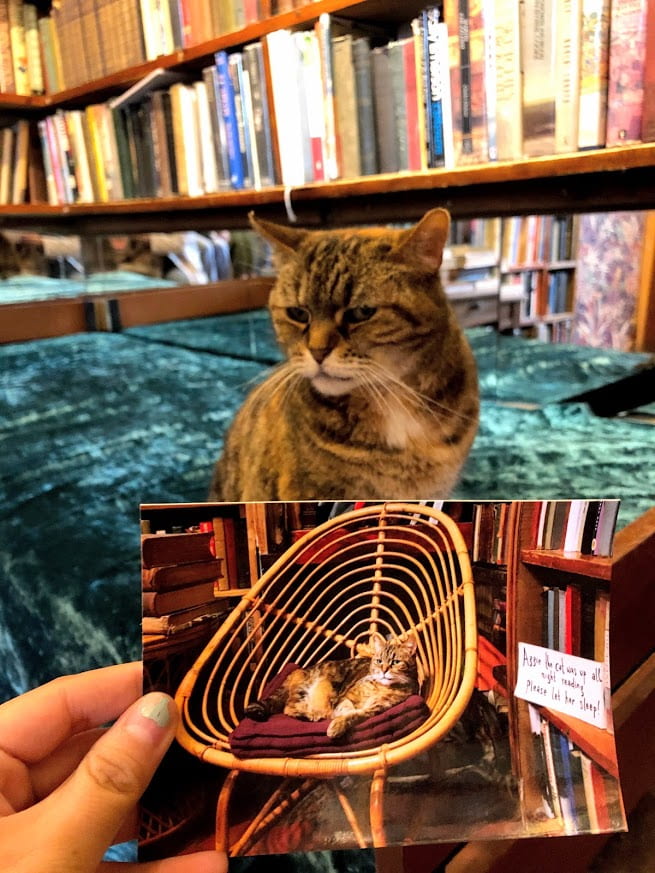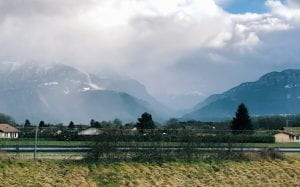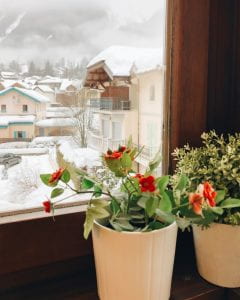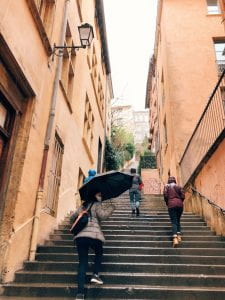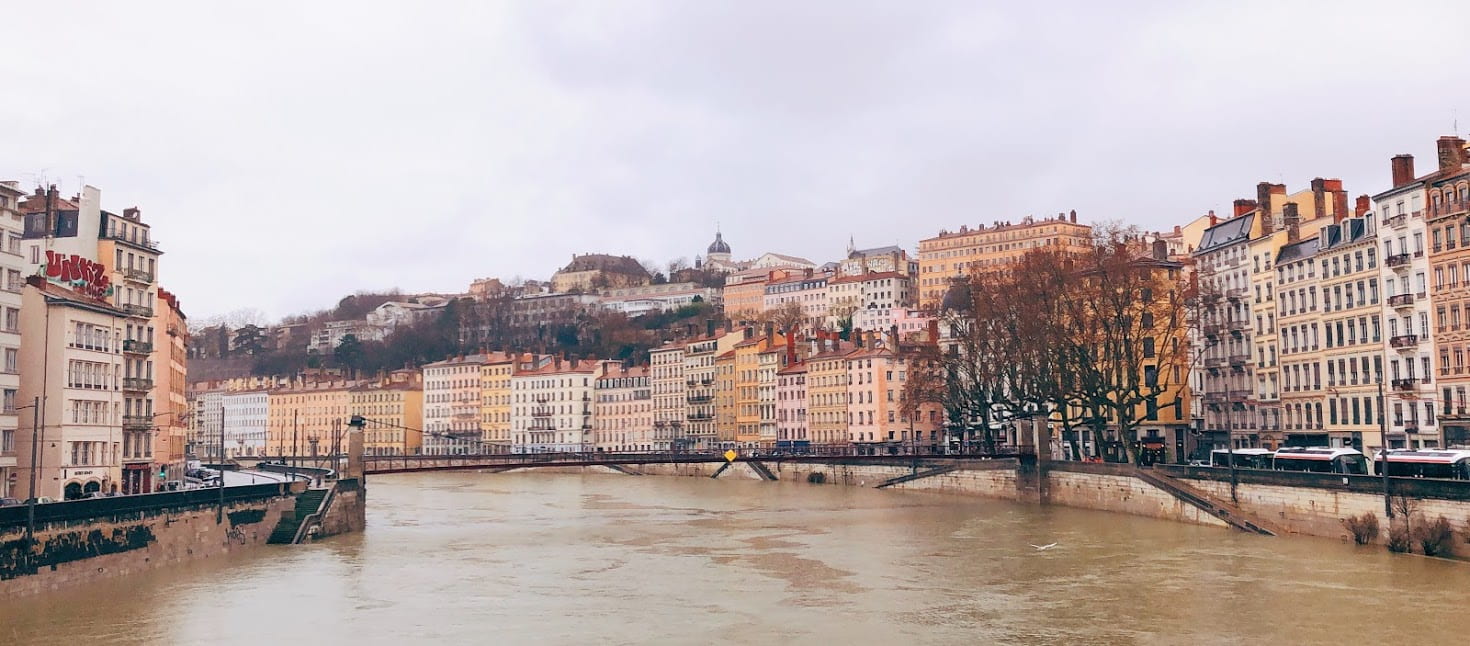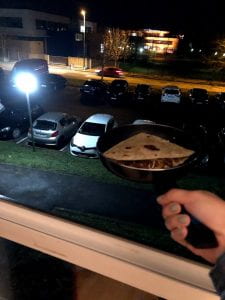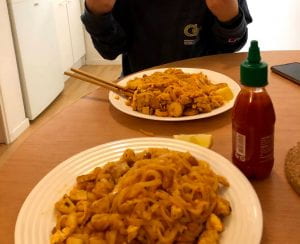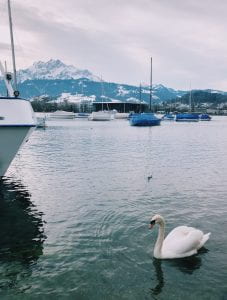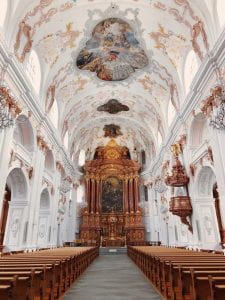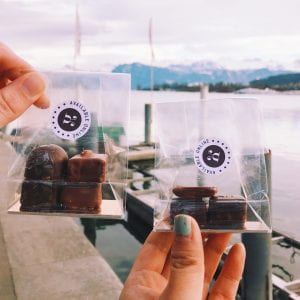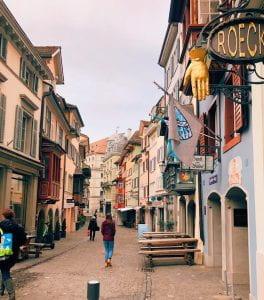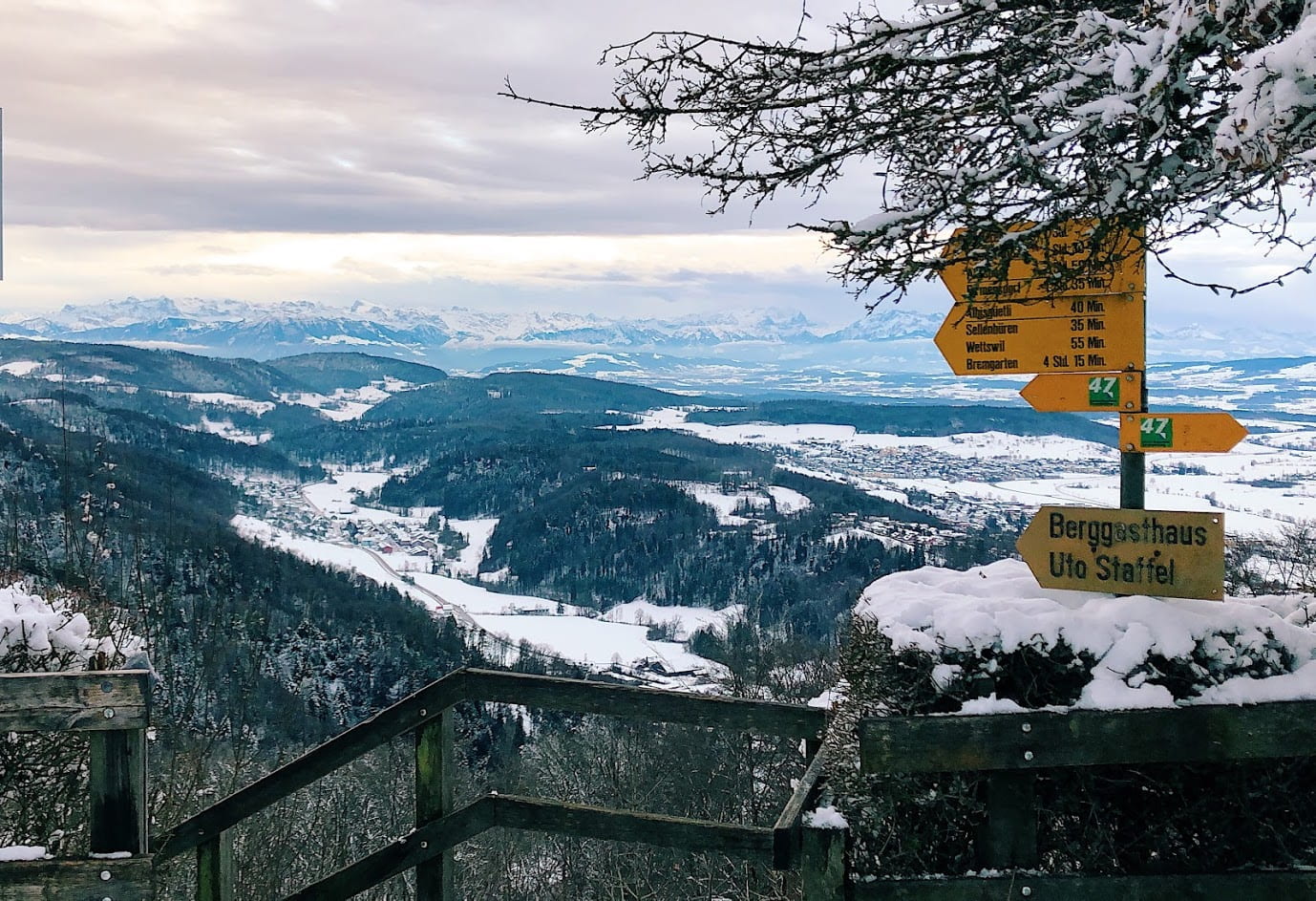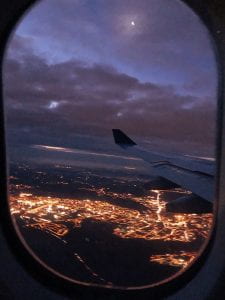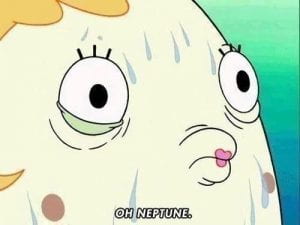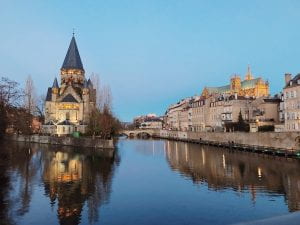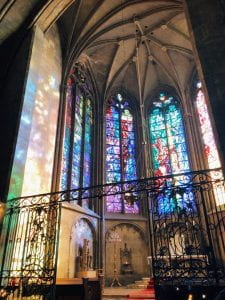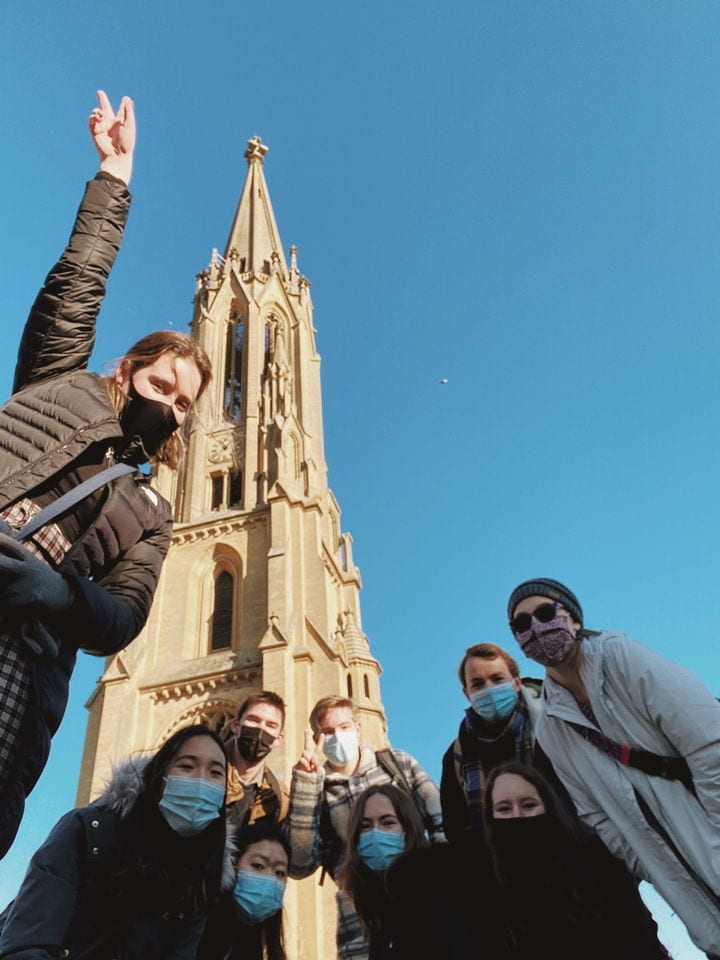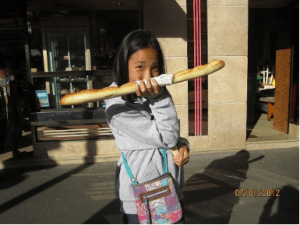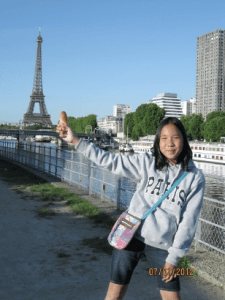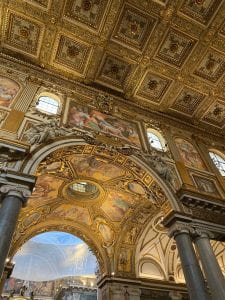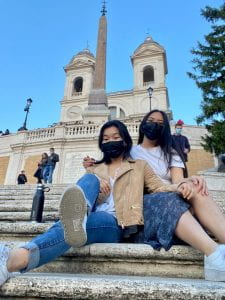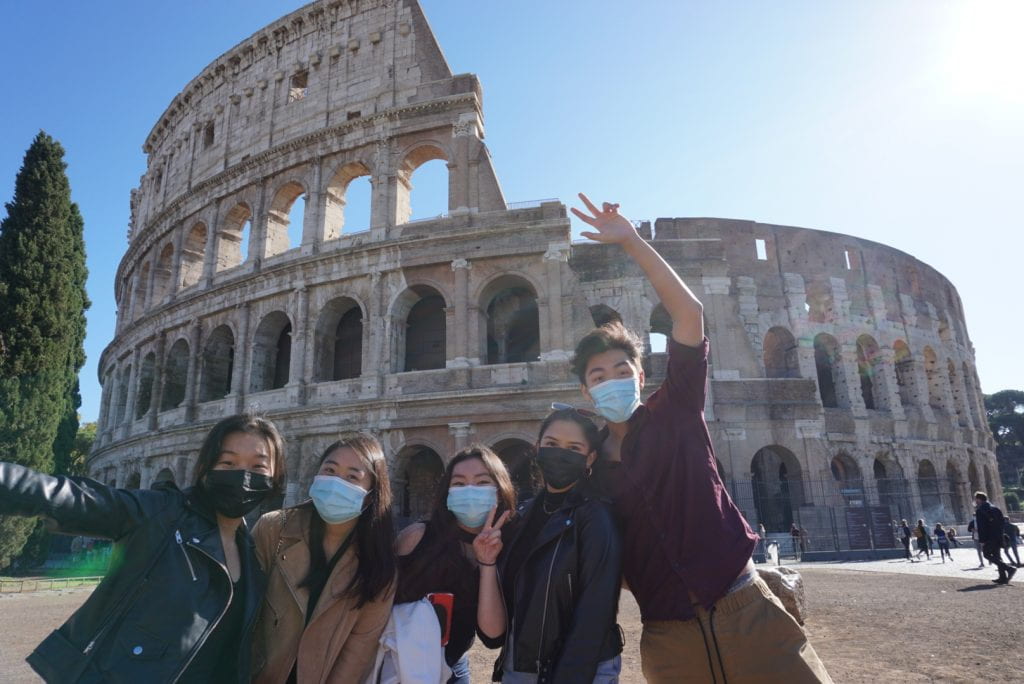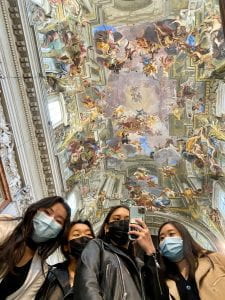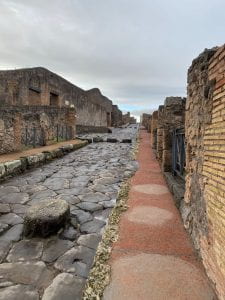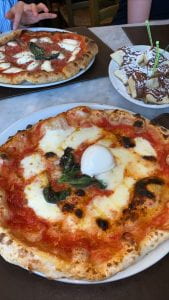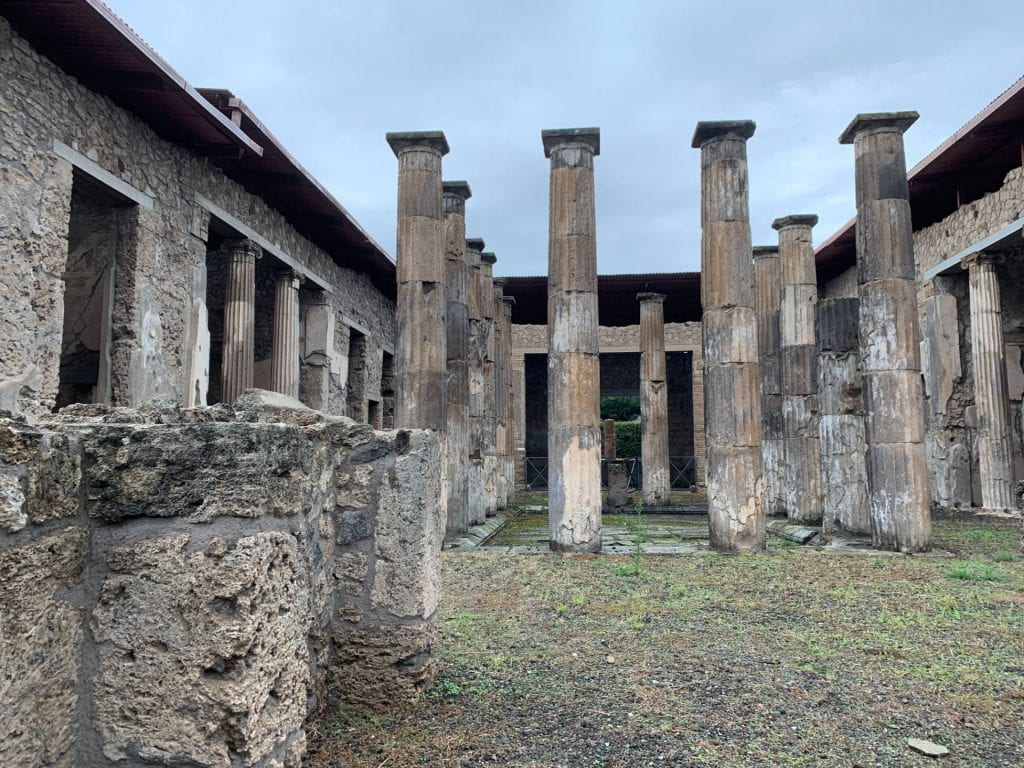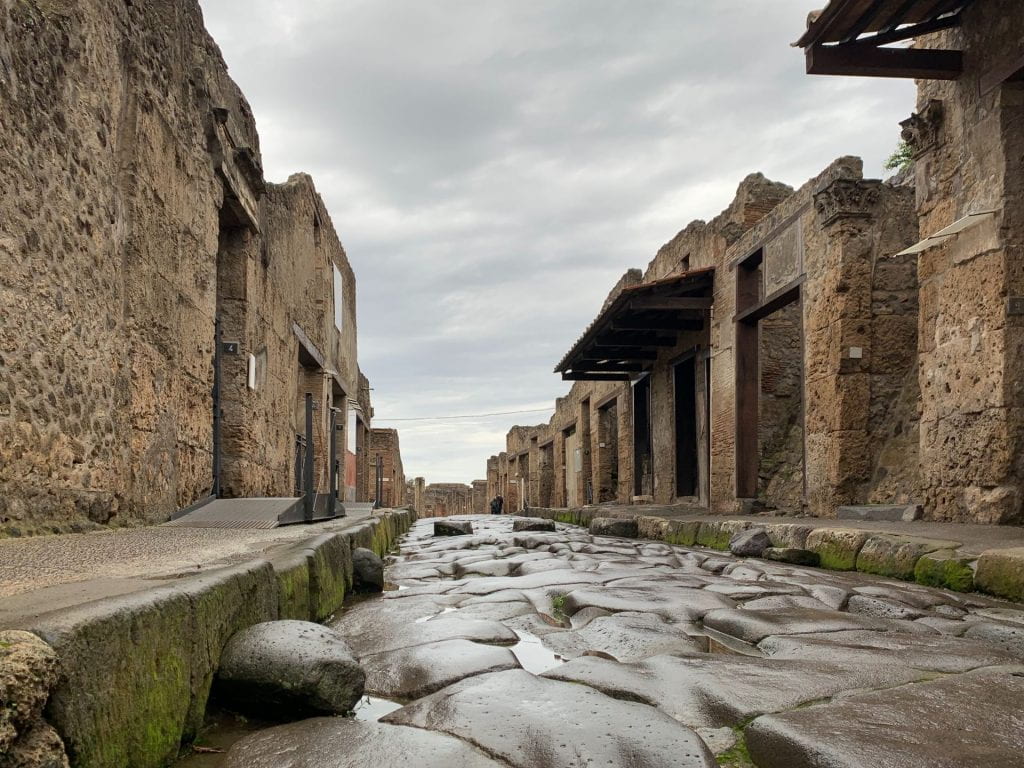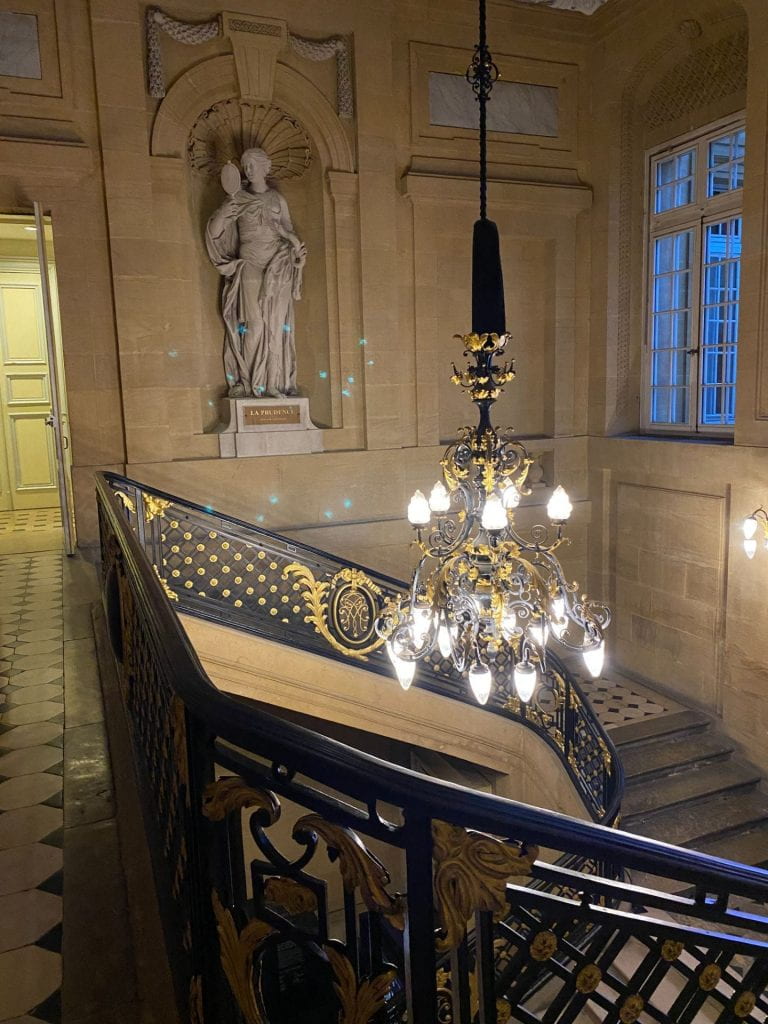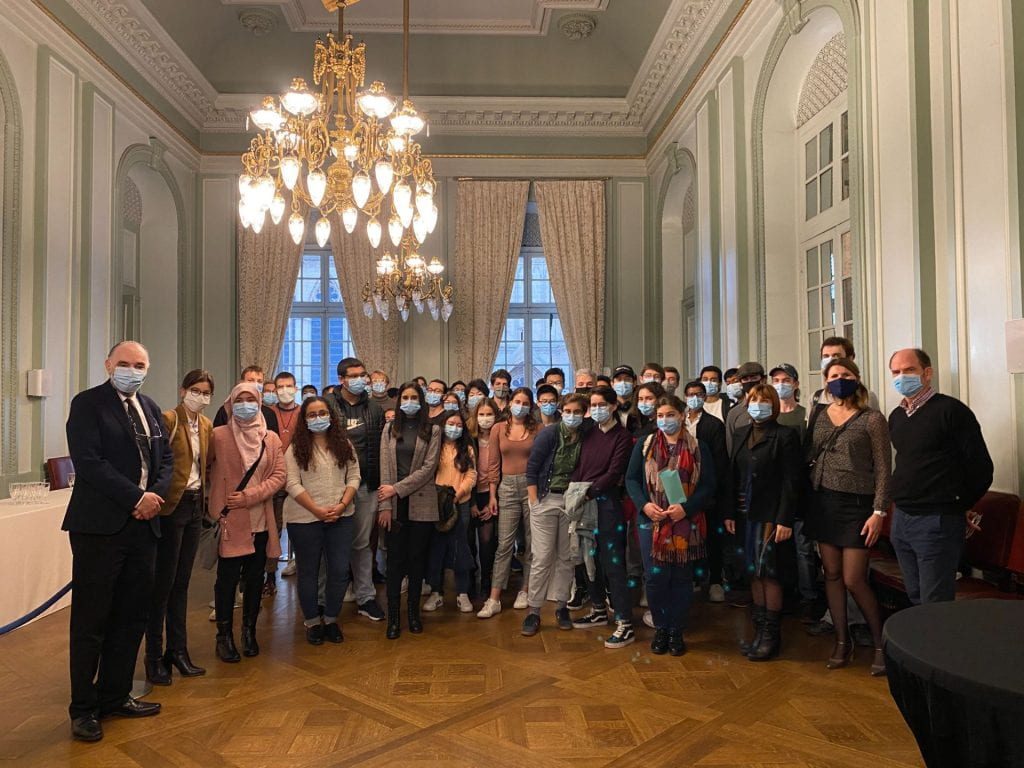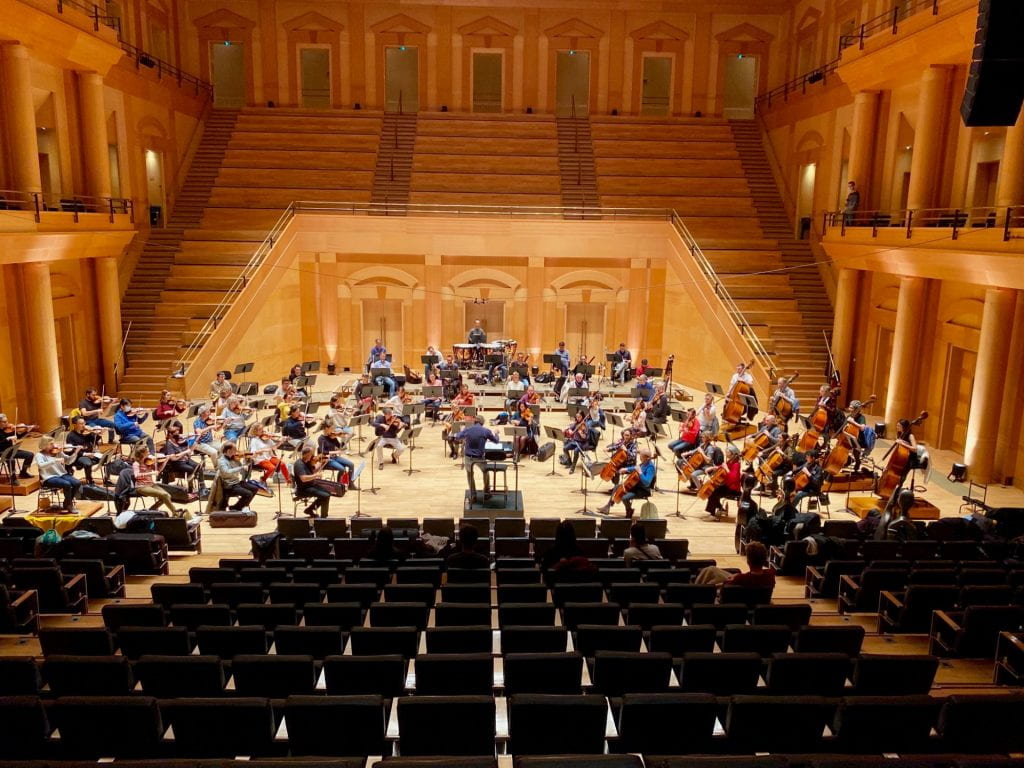Tuesday, February 16, 2021 | Written by Kaitlyn
This past week, students at GTL cast their vote for the Bureau des Étudiants, nicknamed the BDE. Despite certain restrictions we might be facing this semester, its officers are off to a great start on planning exciting activities for the students at GTL. Read on to see what three BDE officers have in mind for this semester!
Pranav Sreedhar (Treasurer)
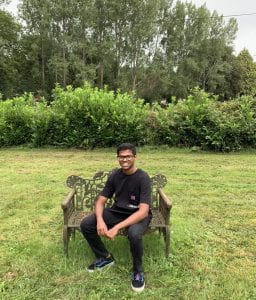 Pranav is a first-year electrical engineering major originally from India, but currently living in Paris. As treasurer of the BDE, he plays a major role in allocating funds towards student events.
Pranav is a first-year electrical engineering major originally from India, but currently living in Paris. As treasurer of the BDE, he plays a major role in allocating funds towards student events.
What do you hope to accomplish in your position as treasurer?
With the budget in mind, I hope I can prioritize the events the majority of the student body wants. I hope to also create an efficient system of managing funds and keeping track of invoices. Hopefully, my fellow students feel comfortable coming up to me and sharing ideas on making this a semester to remember!
Any events you might want to make sure Bureau des Étudiants does?
Given the current pandemic, it has been hard for students to meet others, so as a BDE member I would like to organize events where people come together, enjoy and meet new people while keeping in mind the current regulations to keep everyone safe. The first of those events that we plan to organize is a ping pong tournament, and we really hope that people participate and use this opportunity to meet people. We hope to organize more events such as escape rooms and chocolate tasting as the situation improves!
Tell me a bit more about yourself!
I love to play sports, especially tennis and ping pong, so you’ll probably see me playing ping pong in the student lounge. With the quarantine, I have been binge watching A LOT of shows. It’s hard to say what my all-time favorite show is but some that I really enjoyed were Better Call Saul, Friends, Jane the Virgin, and Attack on Titan. I love listening to music. You’ll probably see me vibing to some Kanye West, Kendrick Lamar, Juice WRLD, or The Kid Laroi, or relaxing to some classics or Bollywood. As an EE major you’d probably expect this, but I love working on robotics or coding in my free time too. I also have a twin brother, Vignesh Sreedhar, who is also at Tech and a member of the BDE. I hope to get to know all of you and have a great semester despite the current pandemic!
Amanda Wang (Secretary)
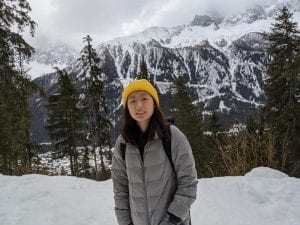 Amanda is a second-year civil engineering major from Lilburn, GA. She is excited to fulfill her role as secretary for BDE by ensuring smooth communication between the board and the student body.
Amanda is a second-year civil engineering major from Lilburn, GA. She is excited to fulfill her role as secretary for BDE by ensuring smooth communication between the board and the student body.
What do you hope to accomplish in your position as secretary?
I want to make sure communication about events flows smoothly to keep students informed about any activities that we might plan. I’m also hoping to create meeting agendas that will keep the BDE organized.
Any events you might want to make sure BDE does?
I think painting would be a fun activity for students to participate in. We are also currently planning on getting some food trucks to come to the GTL building, which I think would be a great way for us to learn more about French cuisine while getting to experience it first-hand. Other than that, I am looking forward to planning the ping-pong tournament.
Vignesh Sreedhar (Sports Coordinator)
 Vignesh is a first year majoring in computer science. Like his twin brother, Pranav, he’s originally from India but is living in Paris at the moment.
Vignesh is a first year majoring in computer science. Like his twin brother, Pranav, he’s originally from India but is living in Paris at the moment.
What do you hope to accomplish in your position as sports coordinator?
The BDE didn’t get to plan much in terms of sports last semester due to the lockdown about a month and a half after the start of the semester, but hopefully we can accomplish a lot more this semester. We have lots of options for any sports events, especially with the ping pong table in the student lounge, and all the lawn space we have. I’m hoping to get students excited for any events we host!
Any events you might want to make sure BDE does?
As sports coordinator, I’m working on planning a ping pong tournament. We have some fun ideas for it, like doing a competition between the Lafayette and ALOES dorms. Some other ideas I have are ultimate frisbee, escape rooms, trivia nights, and treasure/scavenger hunts around Metz. We have a pretty good budget for these things so we have a lot of possibilities.

